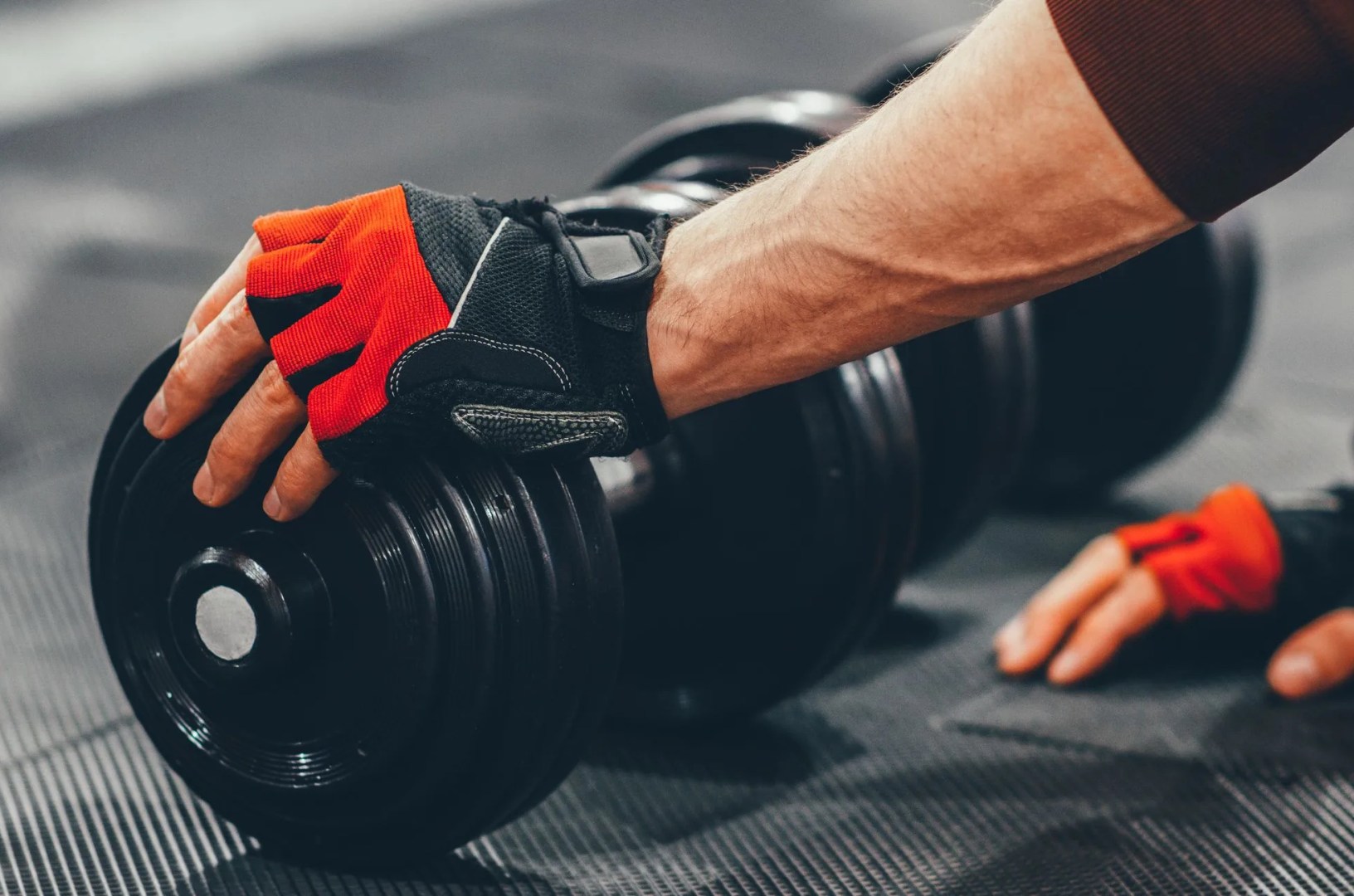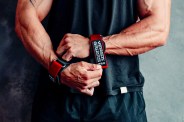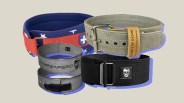Everyone likes to get a fit off in the gym. Whether through the latest gym shoes or the most stylish top, looking good is just as good as lifting good when it comes to training. Your fitness accessories can go a long way in achieving that desired wardrobe, too, and many are designed with the goal of an improved workout. Take lifting belts, for example. Yes, they’re built to help you brace and stabilize your back and core during heavy sessions, but strap one on and try not to imagine yourself pulling 500 kilograms off the floor.
Another fitness accessory can be just as effective in improving your training, but oftentimes, it gets a bad rap. Weightlifting gloves can be useful tools, especially when used properly, but workout purists or training critics claim this gym wearable is frowned upon due to such factors as less focus on grip strength, a detraction from hard-nosed training and a sheer disdain for aesthetics.
Okay, fingerless mitts might not be the most flattering pieces of your wardrobe, whether wearing them out and about or dawning them before a heavy lift, but looks aside, there are plenty of situations where wearing weightlifting gloves can benefit your performance. Below are some key scenarios when you should consider lifting gloves, as well as some situations where the gear might be best kept in your gym bag.
 Golubovy / Getty
Golubovy / GettyWhen You Should Wear Lifting Gloves
Weightlifting is all about being as efficient as possible when trying to move a heavy load from A to B. Thus, weightlifting gloves wouldn’t exist if they didn’t help make that travel more efficient in certain situations. Below are some areas to consider if you’re thinking about strapping up with workout gloves the next time you hit the iron.
Skin Irritation
Like any pair of gloves, workout gloves can be great at protecting your palms and fingers from abrasions. Barbells feature a knurling at the grips that digs into your skin, which is designed to improve grip and tackiness throughout a lift. Like any abrasive surface, though, there is a limit to how much your skin can take — too much use and you could end up with blisters and uncomfortable calluses.
If you have gone past the line and ended up with some rips and scars across your digits, weightlifting gloves can be a fantastic solution, providing coverage across the area without sacrificing grip. Additionally, if you suffer from a skin condition like eczema, weightlifting gloves can act as a bandage or wrap as you hold the bar without compromising your comfort.



